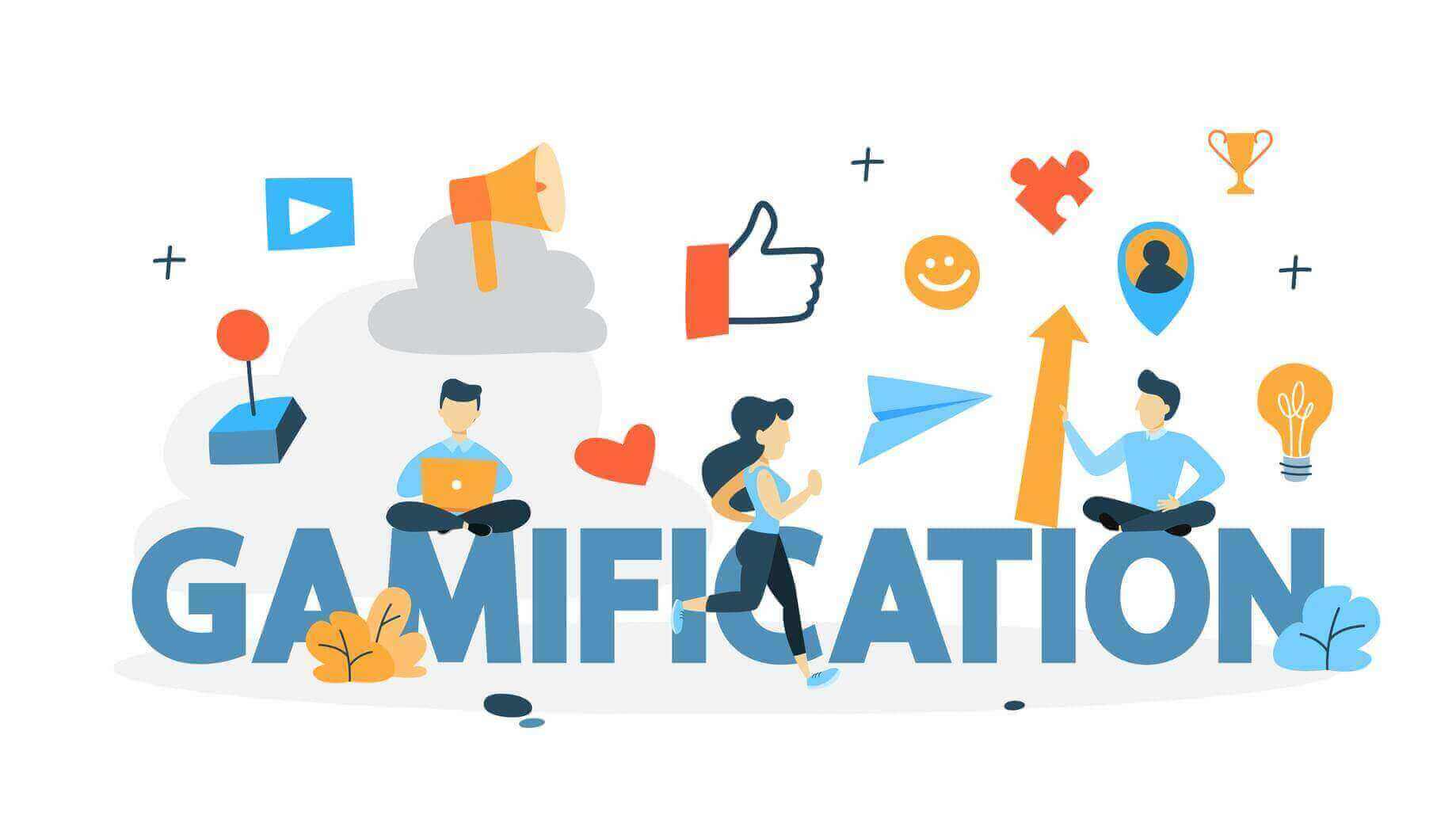Gamification is all the rage today. Since the coinage of the term ‘gamification’, it has gained more and more popularity in the circle. The inclusion of the concept in e-learning has opened new avenues of growth that were unforeseen in the past. Even after gaining unmistakable admiration from the public, experts are still skeptical about it, because of the challenges it faces in the market today-
-
Gamifying is complex –
The gamification of educational concepts is not an easy feat. It requires expertise to be able to include gamification in your training program.
Thus, proper research and expert collaboration are important.
-
Possibility of quality compromise-
With the advent of new and amazing development tools, it has become easier for anyone even without the proper knowledge of the field to be able to develop games. This has wreaked havoc with the quality of games that can be included.
So, being cautious of the quality of experts who are incorporating gaming concepts and actual games is intrinsically implied.
-
Learning can lose focus-
The improperly included and executed gamification can be counter-productive to the learning.
Thus, the way out is to keep in mind the learning objective in the gamification of the training.
-
Personalization is a challenge-
As for the training, one size does not fit all, the gamification makes it a little hard to personalize according to individuals.
Thus, keeping track of the individual learning curves of the trainees can help in this regard.
-
Quality is expensive-
As established above, new development tools are easy to operate and have made it easier for even inexperienced people to come into the field of gamification. Thus, they even offer services at much lower prices than their more adept counterparts. The professionals naturally ask more for quality work.
This issue can be subdued by looking for experienced professionals and negotiating as much as possible to get the best price.
-
Expert skepticism-
As the experts are aware of the amount of precision and nuance that is required to get the gamification right, they remain skeptical of the amateurs doing the job and not getting it right.
Tackling this issue takes effort to look for a professional who is not only good at what they do but also understands the objectives of the exercise and can collaborate seamlessly to achieve the desired result. For this to happen, clear communication is the key.
After the discussion of the challenges with gamification of training and trying to tackle them, we can discuss the prospects of gamification and some upcoming trends.
Even the above-mentioned issues cannot take away the luster from gamification for training.
- It provides an instant sense of achievement and progress,
- In some cases, gamified training is considered a full-blown credential, especially at respected organizations,
- It becomes easier to identify the motivated and engaged players of your organization,
- Gamification increases employee engagement and motivation.
- It is the next big thing, as to whether you like it or you hate it, but everyone is talking about it,
- The experimental lot of the industry experts who have dabbled in the genre, swear by its amazing results and effectiveness on employee training.
- Modern and successful LMSs such as Accord Software have incorporated gamification and seen the amazing results firsthand.
One thing to understand about gamification is that it is not a full-fledged solution to a problem but a tool to take on challenges with outside help. The outside help in this regard is the objective skills of the instructional designer and their focussed approach. These are the tools that can help navigate the troubled waters of gamification and achieve the best results possible in the form of a successful training program.

